Finding yourself in the rough can feel distressing, especially when aiming for that ideal shot on the golf course. However, don’t fret! With the right techniques and a bit of practice, you can learn how to hit out of the rough as confidently as you would from a well-manicured fairway. This guide will walk you through essential strategies, tips, and methods to improve your game when the ball ends up in the thick stuff.
Understanding the Rough
The first step in conquering the rough is understanding its various types. Rough can vary in height, thickness, and type of grass, each affecting your swing differently.
- Light Rough: Shorter grass that’s easy to hit through.
- Medium Rough: Taller grass that can slightly impede your club’s movement.
- Heavy Rough: Thick, tall grass that can greatly hinder your shot.
Assess the Situation
When you find your ball in the rough, take a moment to analyze:
- Grass Height: Ensure you know how thick the grass is.
- Lie of the Ball: Is the ball sitting up, down, or nestled deeper?
- Distance to Target: How far do you need to hit it?
Understanding these factors can significantly affect your strategy.
Key Techniques for Hitting Out of the Rough
Here are some helpful strategies to follow when facing the rough:
1. Choose the Right Club
In the rough, you may need to select a club that helps counteract the grass’s resistance.
- Long Irons: Use these for higher, more controlled shots when the grass is long.
- Hybrid Clubs: These can slice through the grass more efficiently.
- Woods: Use very cautiously; can be unpredictable in heavy rough.
2. Alter Your Setup
Your setup will also need adjustments based on what you’re facing. Consider the following:
- Stance Width: A wider stance increases stability.
- Ball Position: Move the ball back in your stance for better contact.
- Grip Pressure: Maintain a light grip to promote a relaxed swing.
3. Focus on Your Swing
Your swing technique when hitting from the rough should prioritize a few key elements:
- Shorten Your Backswing: This allows for better control and reduces the chance of getting caught in the grass.
- Steeper Angle of Attack: Aim to strike down on the ball, which can help you get through the grass.
- Follow Through: Maintain a balanced follow-through for better distance.
4. Be Mindful of the Grass
Always remember that the type of grass can affect your shot’s outcome. Here’s how each type impacts your swing:
- Bermudagrass: Tends to grab the club, necessitating sharper swings.
- Kentucky Bluegrass: Requires a gentler touch; too much force can send the ball off course.
- Fescue: Very thick, requiring a more aggressive approach yet precise contact.
5. Practice, Practice, Practice
Taking the time to practice hitting from the rough is essential. Use drills that simulate being in the rough, focusing on making clean contact despite the grass’s interference.
- Drill Ideas:
- Short Game Practice: Set up a series of targets in various types of grass.
- Swing Tempo Drills: Use a metronome to maintain rhythm while practicing swings.
Mental Approach
Hitting from the rough isn’t just a physical challenge; it’s also a mental one.
- Stay Positive: Keep an optimistic mindset to reduce anxiety.
- Visualize Success: Picture the ball soaring towards your target.
- Accept Mistakes: Learn from them and focus on improving each time you practice.
Key Takeaway
The key to hitting out of the rough lies in adjusting your club selection, setup, and swing technique while having the right mental approach. Remember, practice is crucial, and understanding the grass conditions can significantly affect your performance.
Frequently Asked Questions (FAQ)
1. What club should I use for hitting from the rough?
Choosing a club typically depends on how thick the grass is. For heavy rough, hybrids and long irons generally work best.
2. How do I know if I should take a risk or play it safe?
Assess the lie of the ball. If it’s sitting up well, you might take the shot. If it’s buried, consider playing short and out of the rough.
3. Can I practice hitting from the rough at driving ranges?
Yes! Many driving ranges have areas designed to mimic hitting from the rough.
4. How can I improve my technique quickly?
Focus on drills that work on your swing tempo and ball contact. This will help you develop accuracy and confidence.
5. Is it better to chip from the rough or use a full swing?
It depends on the distance and cut of the grass. For shorter distances, chipping might be more effective, while for longer distances, a full swing may be necessary.
6. How does weather affect my shot from the rough?
Wet grass can be slippery, making it harder to make clean contacts, while dry grass tends to allow a cleaner shot.
7. Should I always go for the green from the rough?
Not always. If the rough is particularly thick and you have no clear line to the hole, consider laying up.
8. How do I know when to use a punch shot from the rough?
When you need to keep the ball lower and less affected by grass or wind, a punch shot is an excellent option.
9. What’s the best way to recover from a bad shot in the rough?
Keep a positive mindset, check your grip, and focus on solid contact on your next shot.
10. How can I develop confidence while hitting from the rough?
Practice consistently in different roughs, visualize your success, and adopt a helpful mindset.
Conclusion
Hitting out of the rough may seem daunting, but empowering yourself with the right techniques and mindset can transform a challenging situation into an opportunity for growth. Focus on assessing your situation, adjusting your swing, and utilizing the correct mindset to improve your game.
Remember, practice makes perfect, and before you know it, you’ll be navigating the rough like a pro!
Key Takeaways
- Assess the lie and adjust your club selection.
- Use a wider stance and move the ball back in your setup.
- Employ a steeper angle of attack for contact.
- Practice regularly to enhance your skills in various types of rough.
By internalizing these tips, you’ll not only boost your confidence but significantly improve your game no matter where your ball lands! Happy golfing!

 Golfer visualizing shot on a downhill slope
Golfer visualizing shot on a downhill slope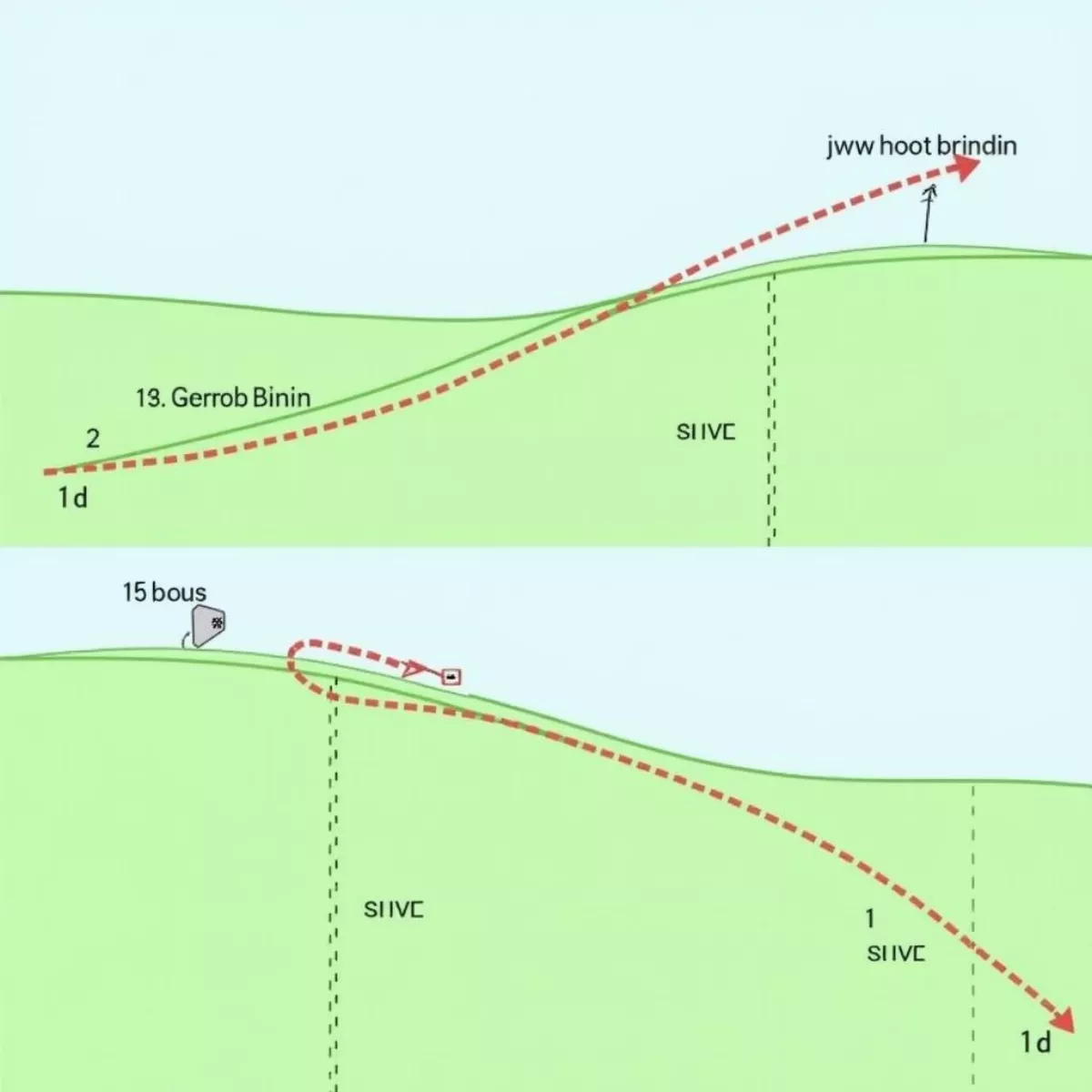 Golf ball trajectory from downhill lie
Golf ball trajectory from downhill lie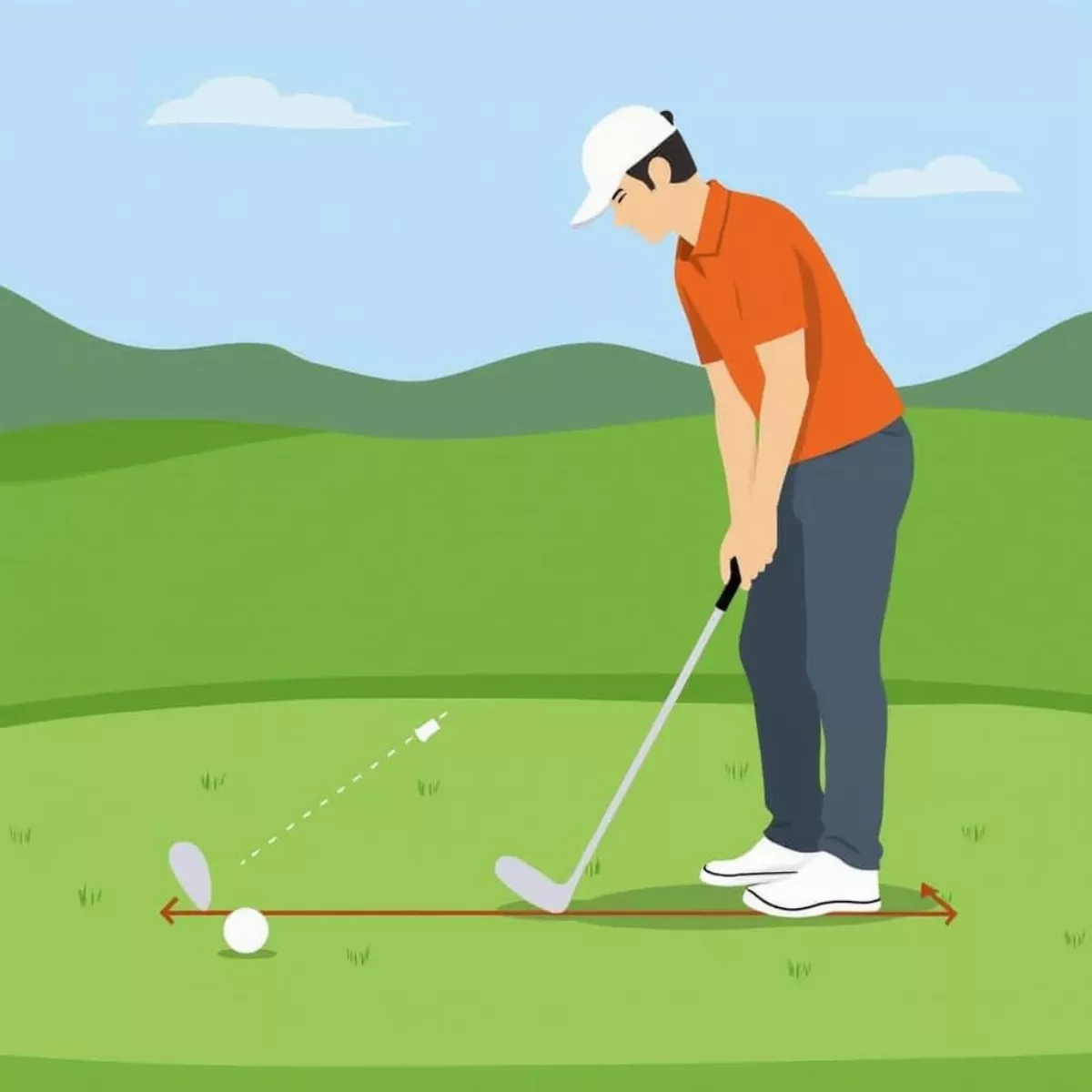
 Golf ball landing softly on the green
Golf ball landing softly on the green Golfer practicing flop shots at the driving range
Golfer practicing flop shots at the driving range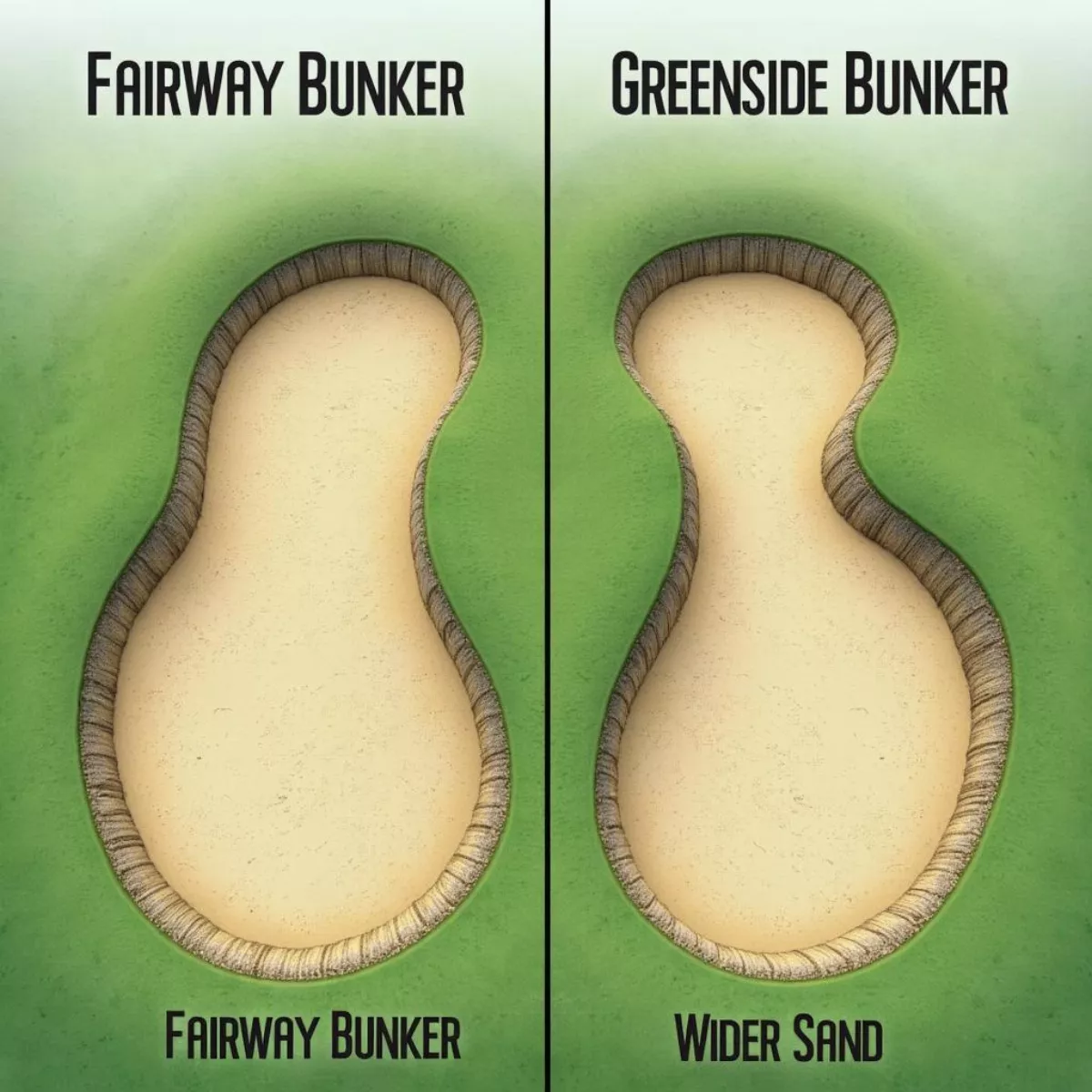
 Golfer Stance in Fairway Bunker
Golfer Stance in Fairway Bunker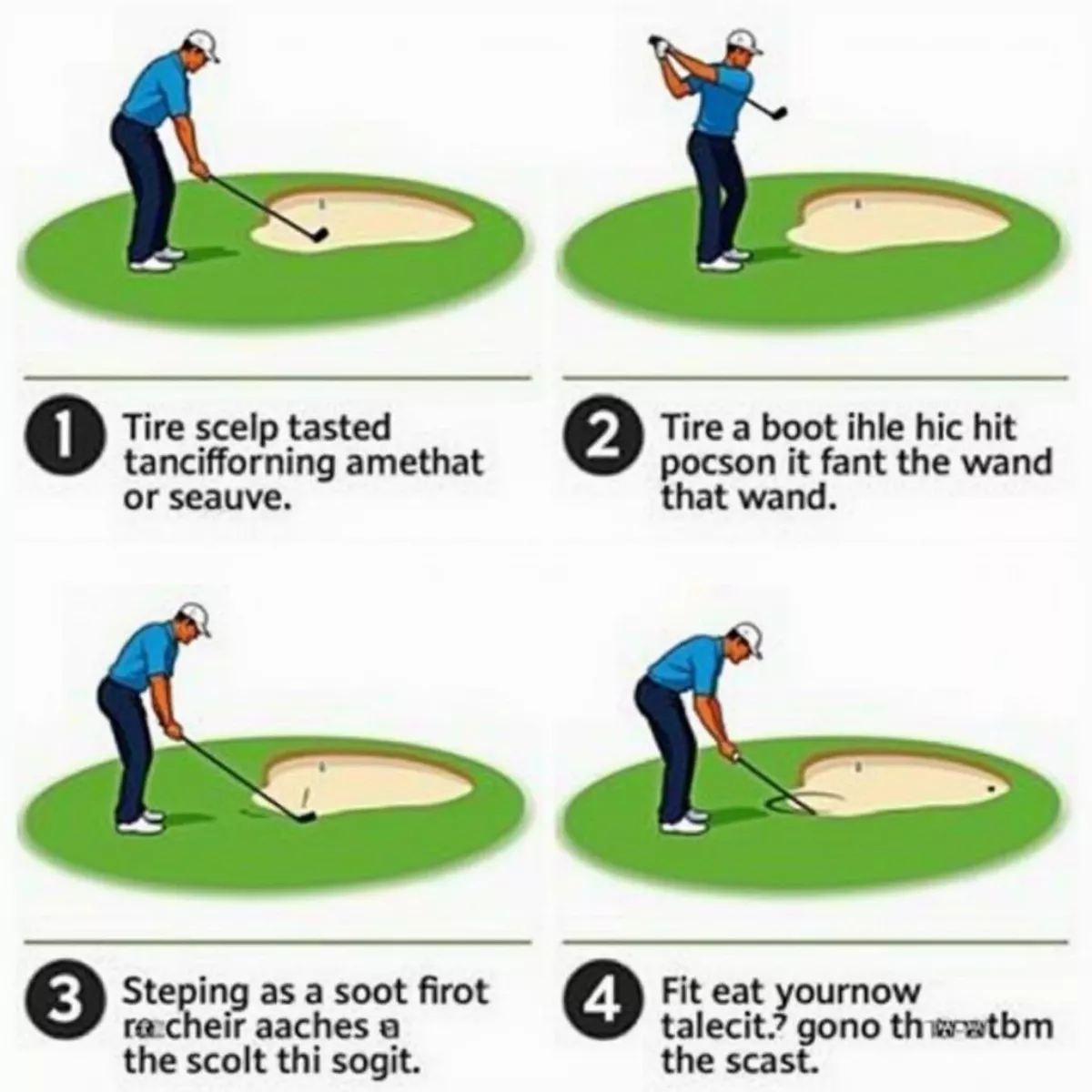 Fairway Bunker Shot Sequence
Fairway Bunker Shot Sequence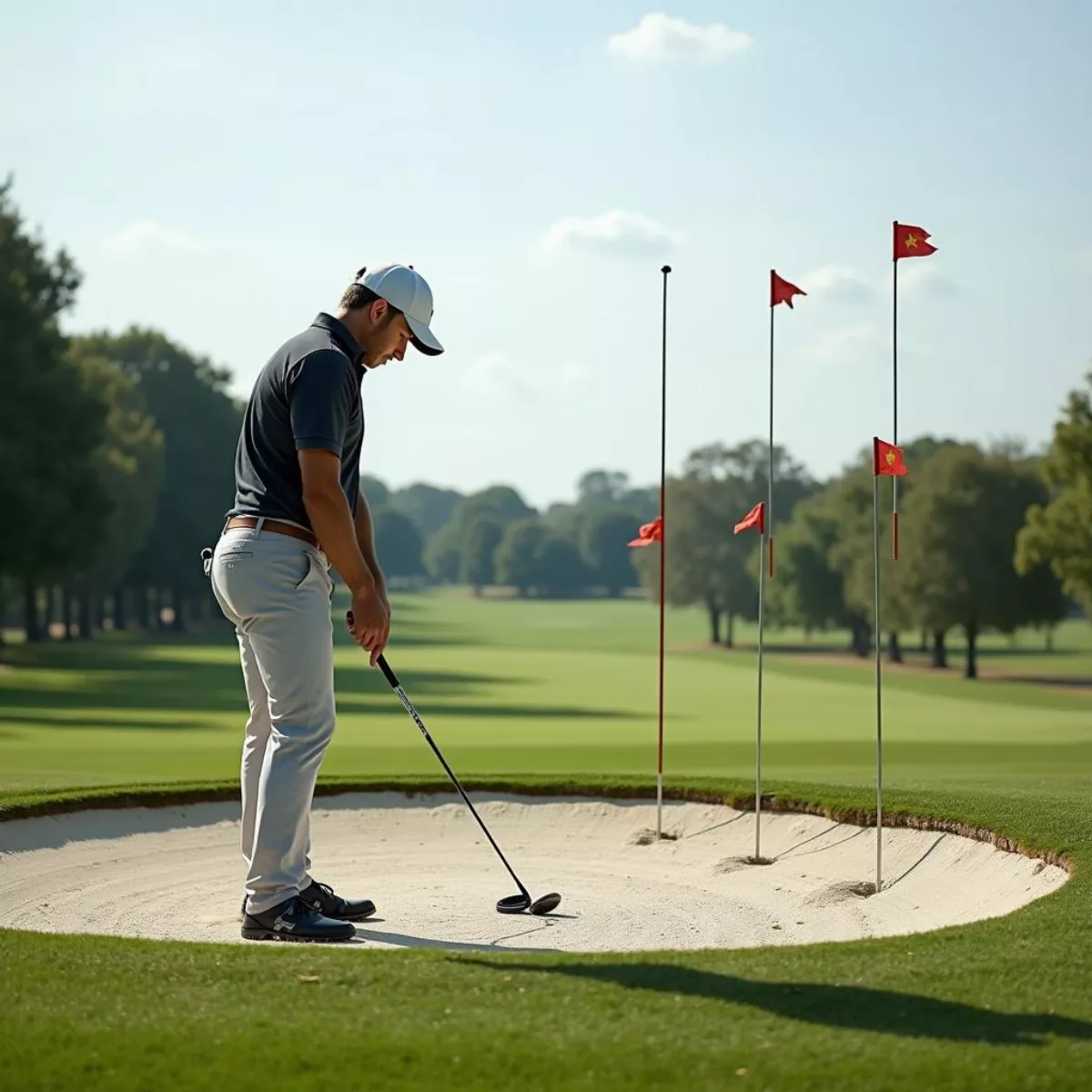 Golfer Practicing Fairway Bunker Shots
Golfer Practicing Fairway Bunker Shots
 Golfer Reviewing Swing Data on a Launch Monitor
Golfer Reviewing Swing Data on a Launch Monitor
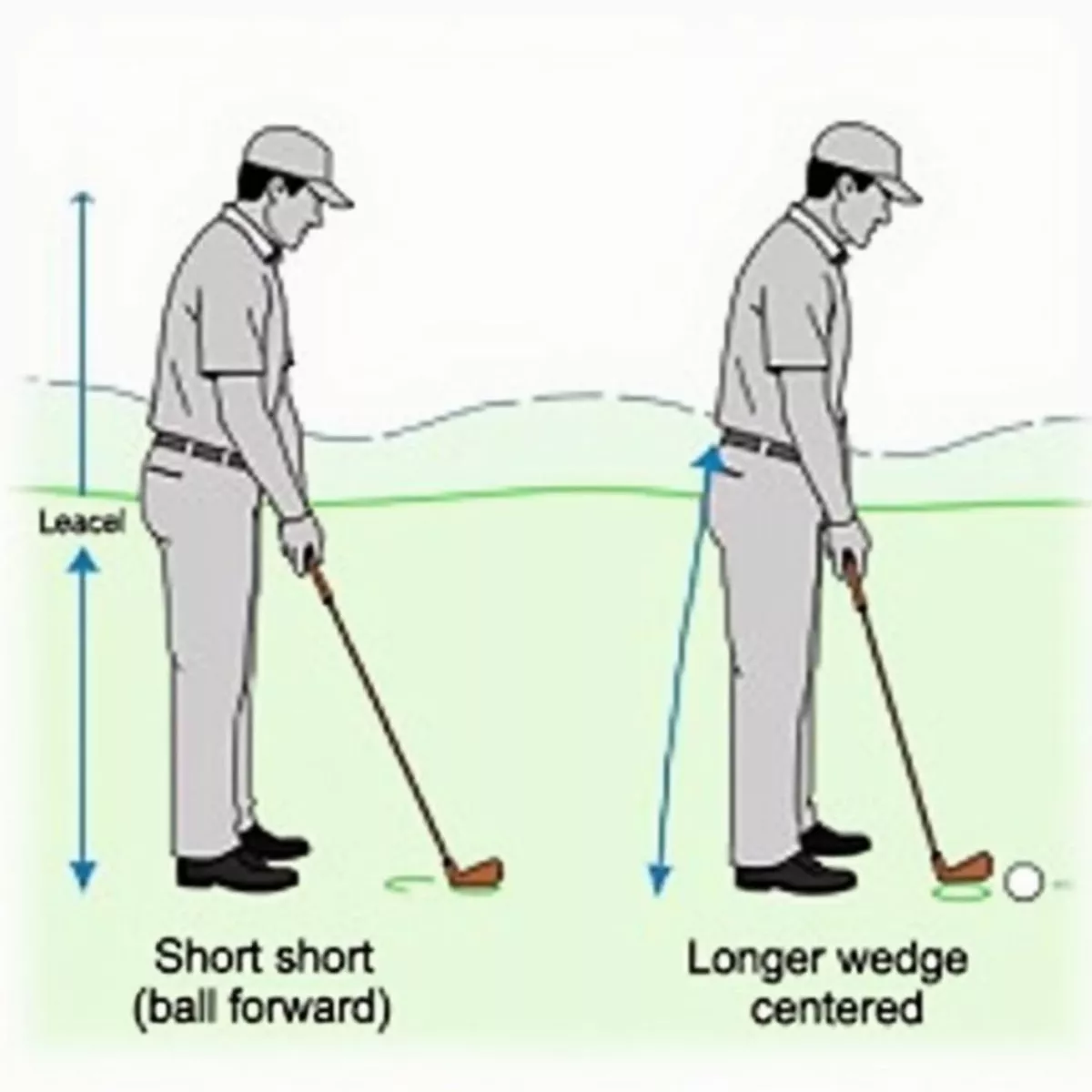 Golf Ball Position for Wedge Shots
Golf Ball Position for Wedge Shots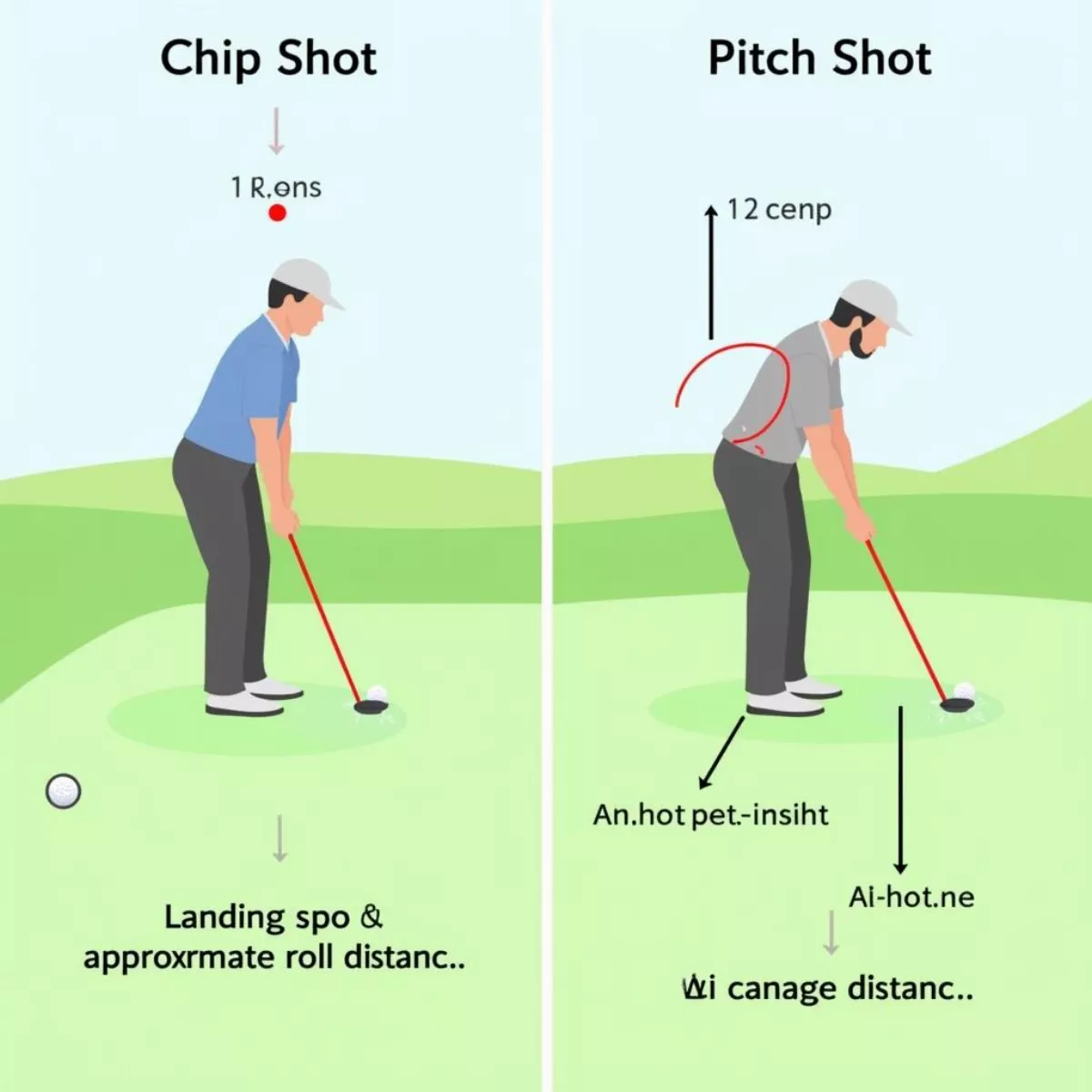 Golf Chip Shot vs. Pitch Shot
Golf Chip Shot vs. Pitch Shot Golfer and Instructor Analyzing Swing
Golfer and Instructor Analyzing Swing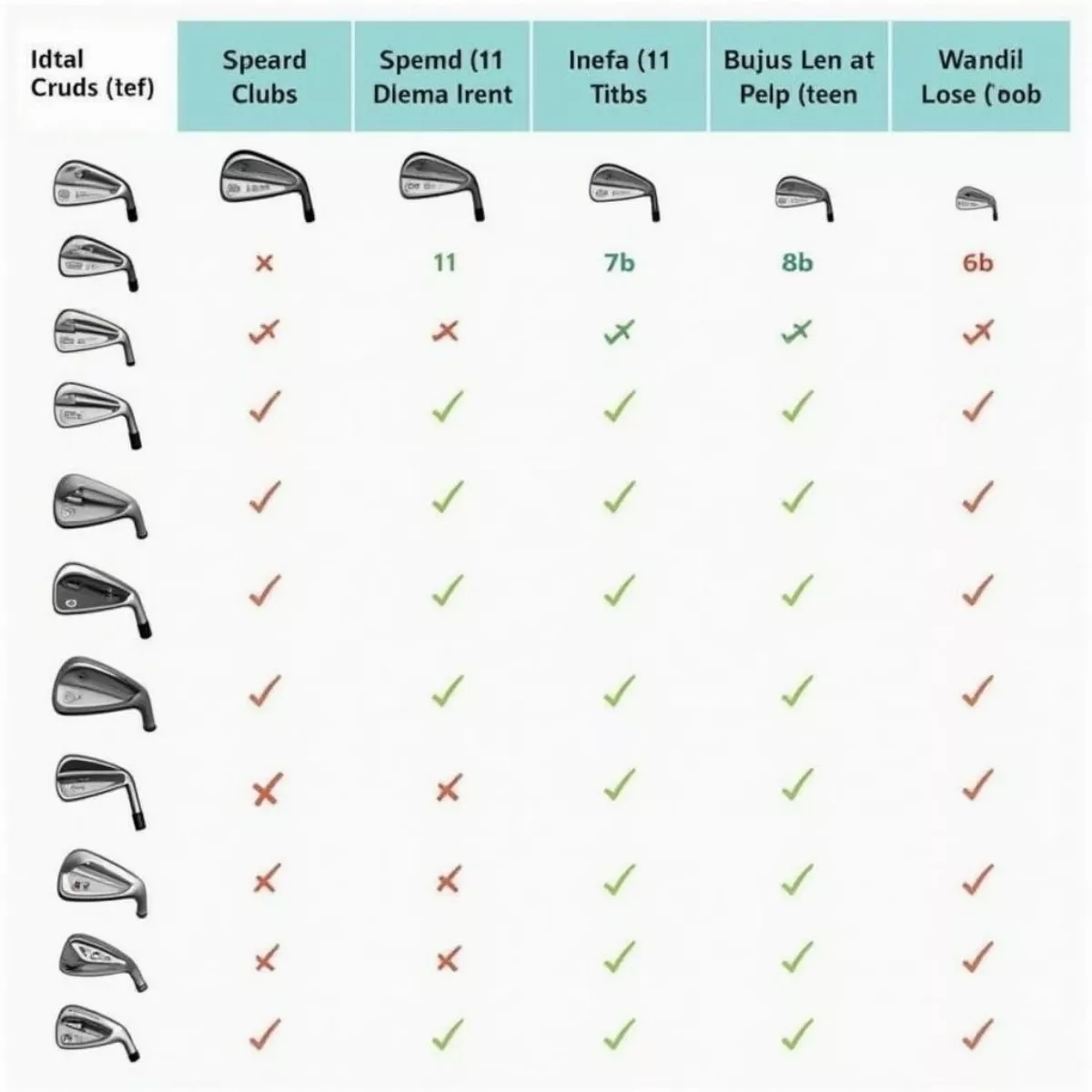
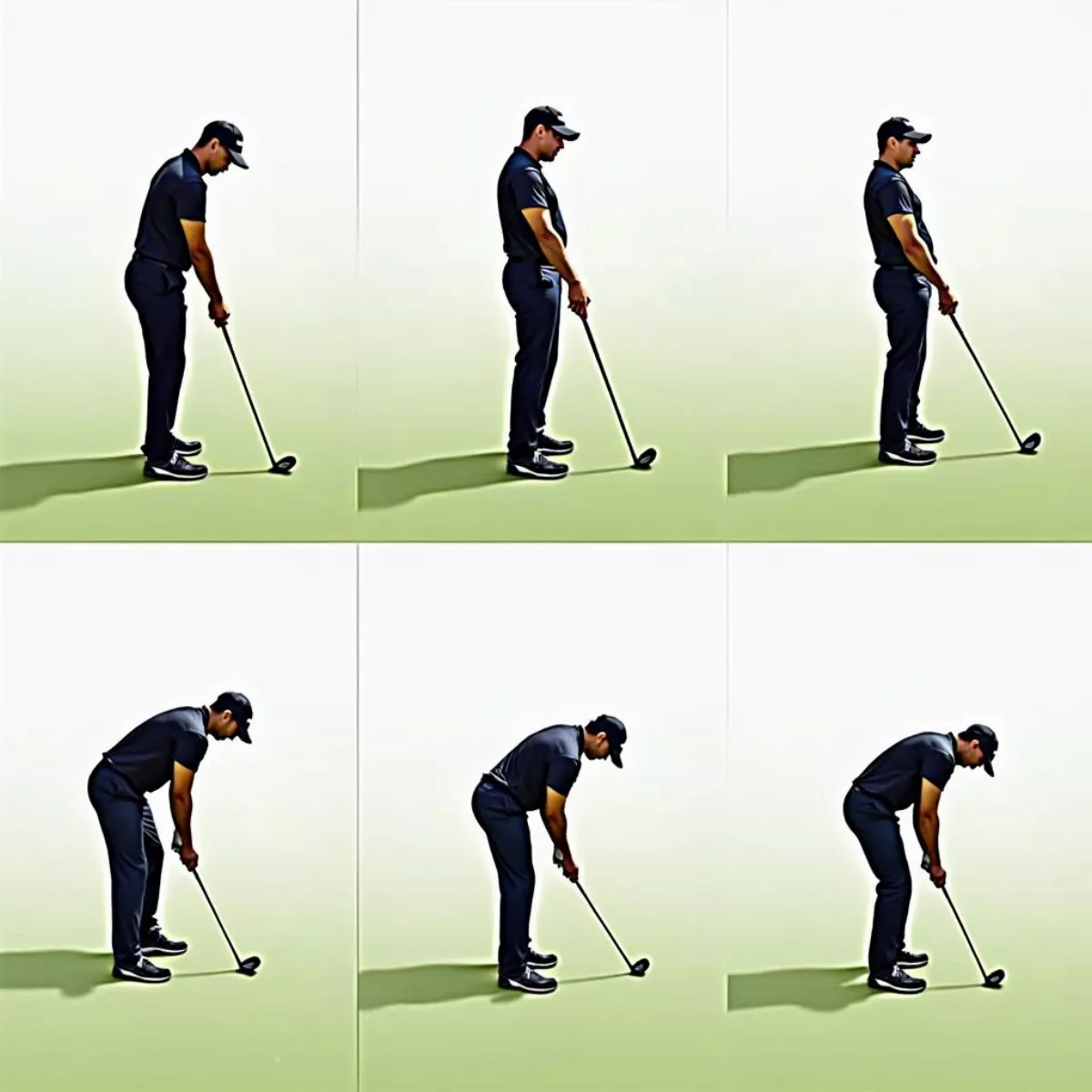 Golfer Demonstrating a Short Follow-Through
Golfer Demonstrating a Short Follow-Through Golfer Executing a Low Punch Shot
Golfer Executing a Low Punch Shot Correct Golf Ball Position for Lower Shots
Correct Golf Ball Position for Lower Shots
 Golfer Practicing Draw at Driving Range
Golfer Practicing Draw at Driving Range